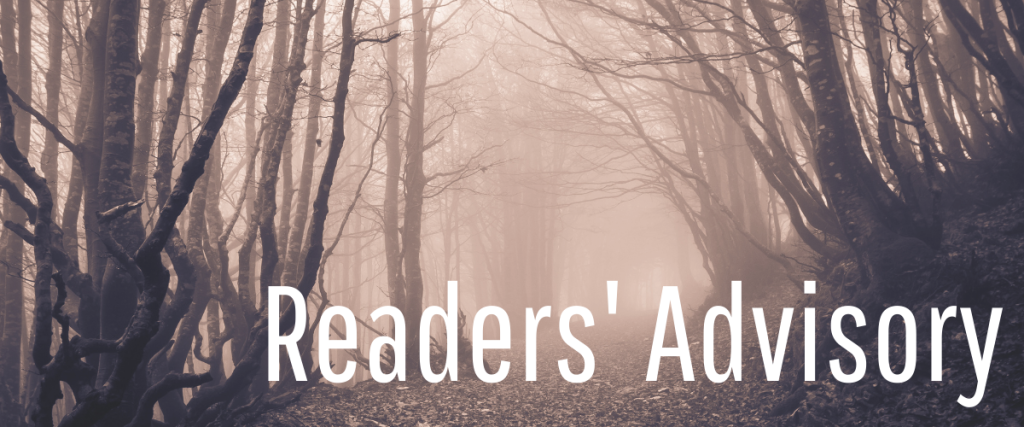Readers’ Advisory The Gothic Novel
Gothic novels have become some of the most well-known classics. But what sets a book apart from the horror genre as Gothic?
Like every genre of literature, horror novels can be broken down into many subgenres from paranormal, like The Exorcist by William Peter Blatty, to The Last Astronaut by David Wellington with its outer space setting and science fiction theme. But horror novels started long before Regan met Fathers Karras and Merrin when in 1764, Horace Walpole published The Castle of Otranto. This book created many of the elements of what would become known as the Gothic style of literature.
In Gothic novels, the setting tends to be an essential element of the story. Think dark, dreary, dripping
castles like the one where Jonathan Harker finds himself in Dracula. More recent Gothic novels like Catherine House by Elisabeth Thomas may be set in a modern-day boarding school. Still, the oppressive atmosphere of the buildings and ground is an essential element. Seclusion is crucial in the setting of the home as well. For example, traveling to Dracula’s castle can only be reached via a treacherous coach ride through the Carpathian mountains. While the Catherine House is merely at the end of a long driveway, it is still secluded deep in the Pennsylvania woods.
It is not always the physical building that needs to be dark and dreary to create the atmosphere necessary for a Gothic novel. Emily Bronte brought used weather in her novel Wuthering Heights to create a foreboding atmosphere. We also find many Gothic heroines forced into precarious circumstances by the weather. For example, after Jane leaves Thornfield Hall, a storm rises and blows her onto the doorstep of the Rivers siblings, who allow her to stay.
Exploring crumbling country homes while a thunderstorm rages outside is undoubtedly creepy. However, to reach the level of true Gothic horror, something needs to leap out from the shadows. Gothic novels lean heavily into the paranormal and supernatural elements when creating their villains, filling them with vampires, ghosts, and even manufactured monsters like Mr. Hyde. However, sometimes the monster making is out of our character’s control – the Castle of Otranto itself is under a prophecy that any family who owns it will meet tragic ends. The current lord, Manfred, is aware of this and goes to great lengths to preserve his lineage and slowly becomes the novel’s villain.
Gothic literature, like all literature, has evolved through the years. For example, in 2022, an abandoned mid-century home could create an atmosphere just as disheartening as the Halloran House in Shirley Jackson’s The Sundial and a Vacation. Likewise, no cellphone service would be as much of a deterrent as the wolves that attack Jonathan Harker’s coach as he makes his way to Count Dracula’s castle. But underneath all the changes, Gothic literature still contains several elements that send a shiver up our collective spines.

